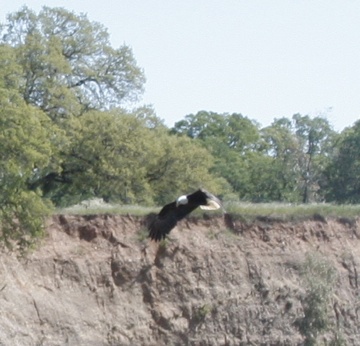When the travel writer comes to your town, one thing’s inevitable: They’ll get it wrong; or wrong, at least, from the way you, the “native,” has come to see things. Every week, The New York Times does a little Friday travel feature called “36 Hours.” It purports to give you a quick but thorough tour of a city destination. This week was Berkeley’s turn.
The writer starts out this way: “Anyone who thinks that Berkeley is just a hotbed of political radicalism is in for a surprise.” Oh, really? Let’s send this guy to Berlin: “Anyone who thinks the German capital is all about goose-stepping and burning books is in for a surprise.” Not that the radicalism cliche is so entirely out of date; we have our collection of ultra-shrills parading around downtown these days, apparently convinced that they can strike a decisive blow against the war machine if they can manage to get the Marine recruiting office to close.
The second sentence reads as if the writer spent 36 minutes here, not 36 hours: “College Avenue, the town’s main drag, is packed with more hipsters with BlackBerrys than hippies with beards.” I love the juxtaposition of hipster/BlackBerry and hippie/beard. That’s a sensitive observer at work. But the problem is, if you asked 100 people all across Berkeley what the town’s “main drag” is–main drag is another colorful touch–I’d guess about eight of them might say College Avenue. Yes, it’s the main street of a popular commercial district in the city’s Elmwood neighborhood, but no way would it be considered the town’s main street (the other 92 of my 100 people would split, with most naming University Avenue or Shattuck Avenue and a handful might say Telegraph Avenue or Solano Avenue).
For the rest of the piece: Yes, the destinations the writer names are interesting. It would have taken about two or three hours, tops, to clip them out of guidebooks. And the absurd “street scene” observations scattered throughout the article make you wonder if that’s what happened here. For instance, a recommendation for a Saturday morning walk says, “This is California, so you’ll need to get up early to have prime walking paths to yourself. Wander through the main U.C. Berkeley campus, quiet at this time, and into the lush Berkeley hills overlooking the university. You’ll pass sprawling mansions that resemble Mexican estates, families walking tiny, manicured poodles, and students running off hangovers along the steep hills.”
All I can say is — not having ever encountered a crowded path during any walk I’ve ever done in the hills at any time of day, not having been aware of seeing a single student ever running off a hangover on the steep hills (don’t the really drunk ones sleep late, by the way?), and not having witnessed a profusion of haciendas hereabouts — there are a few stunning Spanish colonial homes if you know where to look, but the notable local architecture is distinctly un-Mexican — I’d love to see the reporter’s notebook in which these details are recorded.
If you’ve got 36 hours to spend in Berkeley, call a friend. Or me–I’ll be glad to show you around.
Technorati Tags: berkeley


